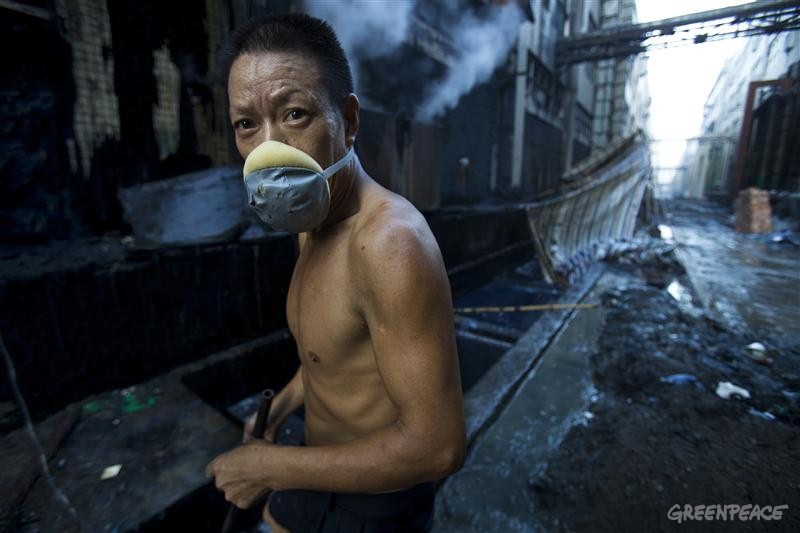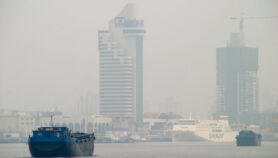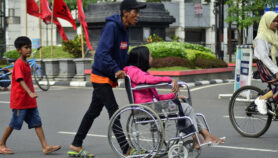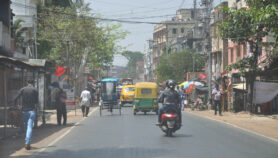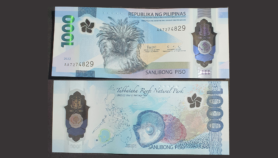By: Prime Sarmiento
Send to a friend
The details you provide on this page will not be used to send unsolicited email, and will not be sold to a 3rd party. See privacy policy.
[MANILA] Three South-East Asian countries are testing a new tool that will allow them to see if their policies, especially on energy, will have any effect on lowering carbon emissions in line with their national climate action plans.
Called the 2050 Pathways Calculator, the open-source modelling tool was originally developed by the UK Department of Energy and Climate Change (DECC) to cut carbon emissions in the United Kingdom by 80 per cent below 1990 levels by 2050.
Indonesia, Thailand and Vietnam are now working on their own country-level calculators in partnership with DECC. The Philippines has also expressed interest in using it, according to Jan Kiso, senior policy advisor for DECC and a member of the team which developed the calculator model.
The calculator lets users create, with the aid of scientific data, their emissions reduction pathway and to see the impact on their country. For instance, the calculator can help policymakers automatically estimate if their plan to increase the use of renewable energy sources will actually reduce greenhouse gas emissions and by how much.
The calculator can also be used in scenario building, to either plan out a low-carbon future or forecast the growth in emissions if current energy consumption or land use policies remain unchanged.
In a demonstration for the SciDev.Net South-East Asia & Pacific team, Kiso showed that converting half of all vehicles in the Philippines to electricity would barely result in a reduction in emission because of the country’s increased reliance on coal-generated power which will then fuel the electric vehicles.
According to DECC, Belgium, China, South Korea and Taiwan have now published their country-level calculators. DECC says 14 other countries, including six in Asia, are developing their own versions.
“You need to have a full understanding of your energy use and land use in a comprehensive and holistic way to understand where most of your country’s emissions are coming from,” says Kiso.
Kiso, who was recently in Manila to give a presentation about the 2050 Calculator to the Philippines’ energy and economic policy departments, says the tool will provide the data needed to see which sectors are responsible for most of a country's emissions and how to address that.
“It’s crucial for policymakers in Asia to use tools like the 2050 Calculator in developing their climate action plans, as rapid economic growth in the region has also boosted the use of fossil fuels that contribute to global emissions,” says Kiso.
“How do you get away from dependence on coal and oil? What can you do in terms of energy efficiency and [developing] renewable energy sources in order to reduce emissions? The 2050 Calculator can help provide answers to these questions,” Kiso says.
Jesus Tamang, director of the energy and policy planning bureau of the Philippines’ Department of Energy, sees the calculator as “a simple yet powerful tool that will help the department gauge if an energy programme could impact on energy demand, supply and the sector’s emission level.”
Tamang says that the use of the calculator is still subject to consultation with other stakeholders in the national climate action plan.
Kiso notes that the calculator would give stakeholders — the public and private sectors, NGOs, academia and the general public — a better chance to understand the choices and trade-offs that come with the commitment to reduce carbon emissions.
“This facilitates debates that are based on numbers and science-based evidence,” he stressed.
This article has been produced by SciDev.Net's South-East Asia & Pacific desk.


